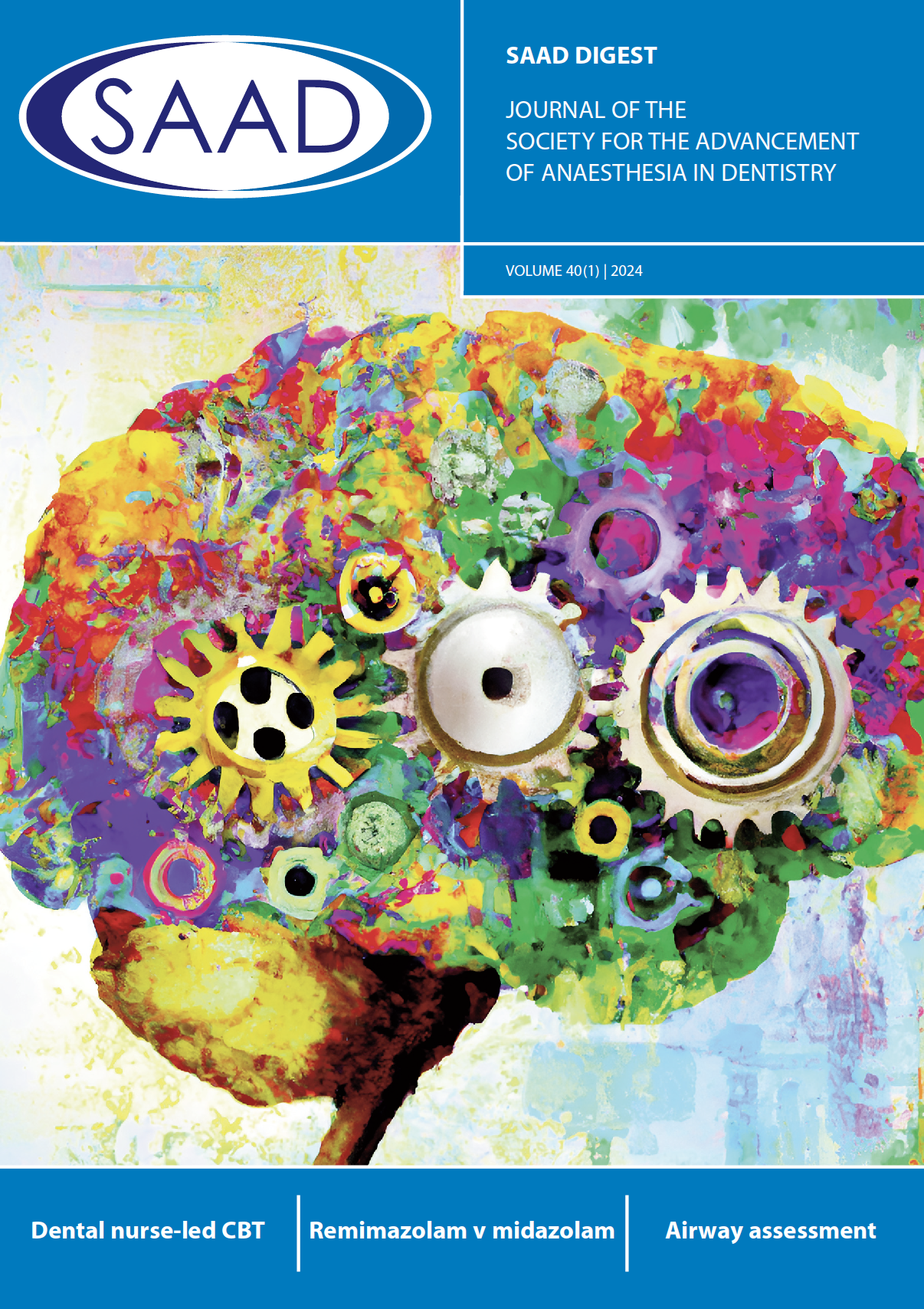

SAAD Digest
March 2024
Volume: 40
Issue: 1
Title: Do children from more deprived backgrounds have a higher chance of becoming dentally anxious?
Author(s): L. J. Irving
Abstract:
There is certainly no shortage of literature surrounding the incidence of dental anxiety, the causes of dental anxiety and management strategies. Similarly, much research has been undertaken to investigate the relationship between socioeconomic position and dental disease rates. Both anxiety and a lower socioeconomic position have been linked with poorer oral health-related quality of life. We know that early childhood dental experiences can set the tone for a patient’s attitudes towards, and relationships with, dentists and dental treatments. The aim of this review was to investigate whether children from a lower socioeconomic position are more likely to become dentally anxious. It aims to explore whether the treatment of children from lower socioeconomic backgrounds is different to their more affluent peers and, if so, whether this might impact how these individuals go on to perceive dentists and dental treatment. As dentists we must provide appropriate treatment and aim for the best dental health outcomes, whilst also considering the patient holistically. With children, this should involve fostering positive relationships and dental experiences where possible, to set them up for a positive and healthy dental future which is as anxiety free as possible.
If you have a query relating to this article please email: digest@saad.org.uk
Articles from Digest 40(1)